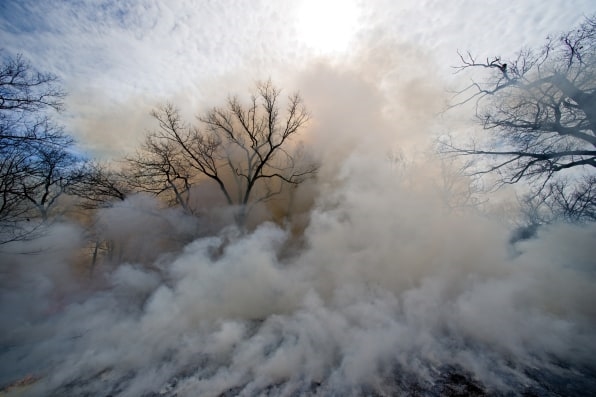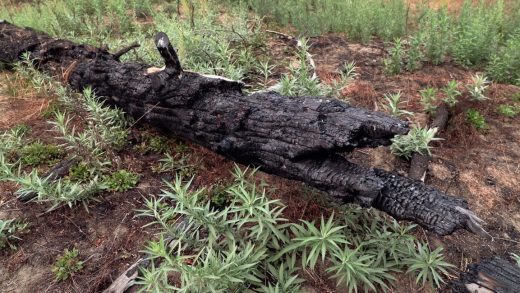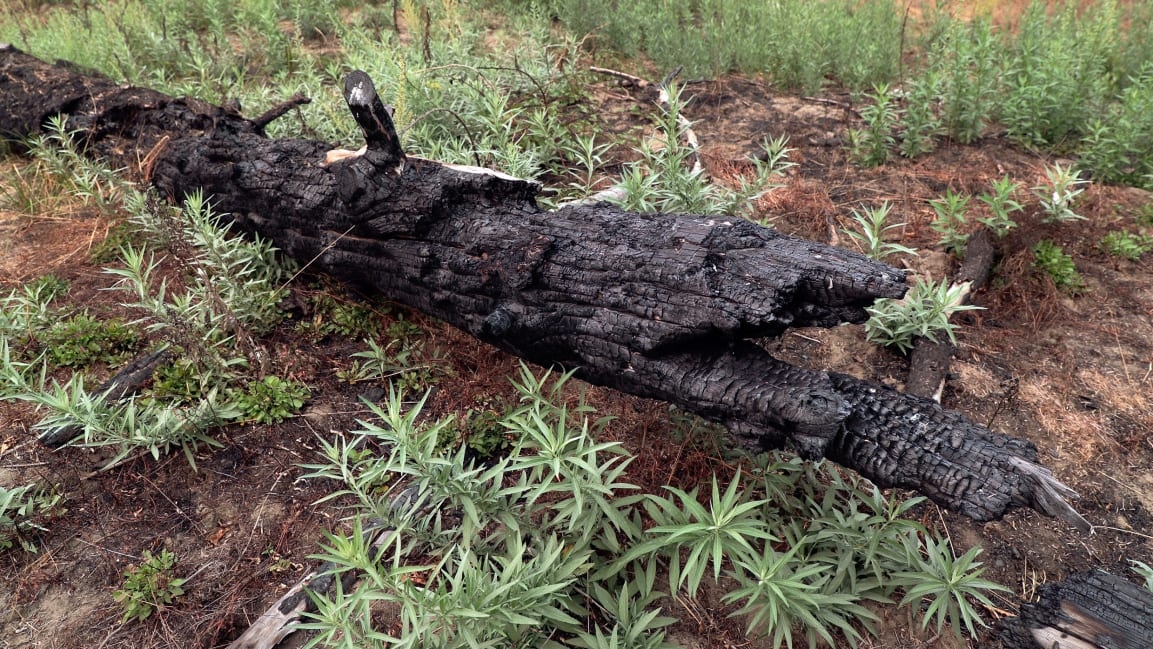Restoring indigenous wildfire management could be a huge boost to biodiversity
For centuries, Indigenous people practiced “cultural burning,” a way to intentionally use fire to strengthen an ecosystem. As long as it is managed carefully and doesn’t burn too intensely, fire can increase nutrients in the soil, clear out dead brush that inhibits new plant growth, and make more space for animals like deer. But as North America was colonized, Indigenous people were pushed out and cultural burns were often banned.
Now, researchers at the University of Waterloo in Canada have shown that Indigenous fire stewardship has increased biodiversity across all of Earth’s major terrestrial biomes—from forest to grassland.
“The world is in a biodiversity crisis, and fire often gets blamed,” says Kira Hoffman, a fire ecologist and co-lead of the research, published recently in the journal Proceedings of the National Academy of Sciences. “We wanted to shift that perspective and say, maybe it’s just the severe and unpredictable and uncontrollable wildfires that cause declines in biodiversity. Let’s look at people who have used low-severity or controlled fire to potentially benefit or enhance biodiversity.”

Hoffman and her team reviewed nearly 1,000 papers published over a century, between 1900 and present day, looking at how the “frequency, seasonality, and severity of human-ignited fires” improved or reduced biodiversity metrics. “We found overwhelmingly that where there is frequent fire use by Indigenous peoples and cultural burning, there are increases in biodiversity associated with those places,” she says.
Indigenous fire management can look different around the world, too, because it’s so community-specific, with people in each region tailoring their cultural burns and stewardship practices to where they live, what they eat, what medicines they use, and the weather and fire conditions. These burns can promote the growth of mushrooms or stimulate berries that then attract certain wildlife; they can also reduce the amount of dead fuel that could feed a bigger fire Cultural burns also often happen when wildfire risk is low, like during the spring.
Prescribed burning, which is differs from cultural burns (in “the burn objectives, techniques used to burn, and who is conducting the burning,” the paper notes) and is often a tool from governments and fire management agencies, can also clear that brush that could fuel bigger fires and has been used to do so. But it’s also been the target of criticism. The U.S. Forest Service just recently told its firefighters to halt its “let it burn” practice, in which they monitor some fires instead of rushing to put them out, after some backlash. Instead, the service says it will focus on preventing smaller fires from growing into uncontrollable blazes.
To Hoffman, her research shows a need to change the way we view and manage fires. “If we can respect fire and use fire and support it, then society as a whole can have a better relationship moving forward,” she says, “or we’re just going to be stuck in the situation where we’ve got large, insuppressible fires that are going to really continue impacting communities.”
She hopes her research, and the clear benefits of Indigenous fire stewardship, open peoples’ eyes to other types of fire management. “We need fire suppression, there’s no doubt about that, when we’re in the peak of summer and have drought conditions and hot and dry periods. But our reliance on fire suppression will slowly decrease if we are using fire when it’s safe to do so,” she says. Thinking about fire as tool, rather than something to be ‘fought,’ could change our understanding of fire systems. “You change the narrative to ‘fire is a healthy component of this ecosystem,”’ she says.
(35)



